Like the Snowdrop, a lot of ‘wild’ Hellebores are escapees from gardens. However, there is one truly wild Hellebore, the Stinking Hellebore.
The word hellebore comes from Greek, Helleboros. This was a term the Ancient Greeks used for plants that are both poisonous and at the same time (when used correctly) have medicinal qualities. A bit like the Foxglove, which is deadly poisonous, but used correctly, can help with heart trouble. In the case of Stinking Hellebore it was believed to cure madness. That could come in handy. Slight problem though, it’s rather poisonous for men and beast.
Next to curing madness, and probably a slightly safer use of the Stinking Hellebore, is, that according to “The Book of Secrets of Albertus Magnus”, medieval friar, philosopher, scientist, bishop and discoverer of arsenic, you can use it to make a fly repellent.
“When thou wilt that Flies come not nigh thy house…”
Mix Stinking Hellebore with opium and white lime. Paint your house with it and no fly will come near. Before you start sourcing your opium, bear in mind though, that this recipe is written by the same man, who advised to use the left foot of a snail to cure gout of your left foot, the right foot of a snail to cure gout in your right foot and to carry around burned dried snail’s blood on linen to relieve trapped wind. Albertus wrote:
“[…]he shall not cease to fart, until he let it depart, and it is a marvellous thing.”
There is another theory about the origin of the word Hellebore. There is the PIE word ‘elno’ which means ‘red brown’ usually referring to animals or trees. Here it is believed to refer to deer. The ‘bore’ part of Hellebore, in this theory, comes from the Greek word ‘bora’ the food of beasts or fodder. Bora comes from the PIE word ‘gwora’, meaning gorging or devouring. A plant devoured by deer.
Foetidus is Latin for foul smelling. Old Saxon for ‘stinking’ is ‘stincan. Originally it was mainly used as ‘swote stincan’ which means ‘to smell sweet’, but by the mid 1200’s it started to mean stinking in the way that we still use it today.
Other names for Stinking Hellebore are Bearsfoot and Dungwort. Bear’s foot mostly refers to the sharp, claw-like leaves of the plant, but also is a reference to the smell. In the middle ages people often used references to bears and badgers for smelly things.
It’s been said that the crushed leaves of the Stinking Hellebore smells of wet dog or bear’s feet. Not sure who went round smelling bears’ feet, but personally I don’t mind a wet dog.
(Our very good boy Flint, who despite liking smelly things, doesn’t like being a wet whippet )
This newsletter is NOT a field guide for flower identification. It’s often difficult to tell the difference between harmless plants and poisonous plants and some flowers are rare and protected by law, so, NEVER pick or use any plants or flowers if you’re not sure about them.
illustrations and text ©Chantal Bourgonje


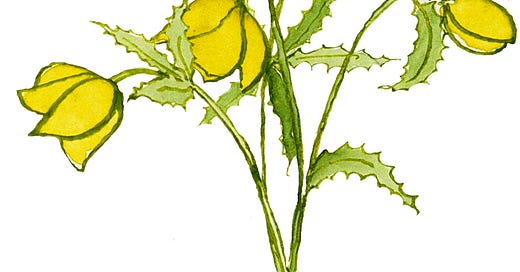



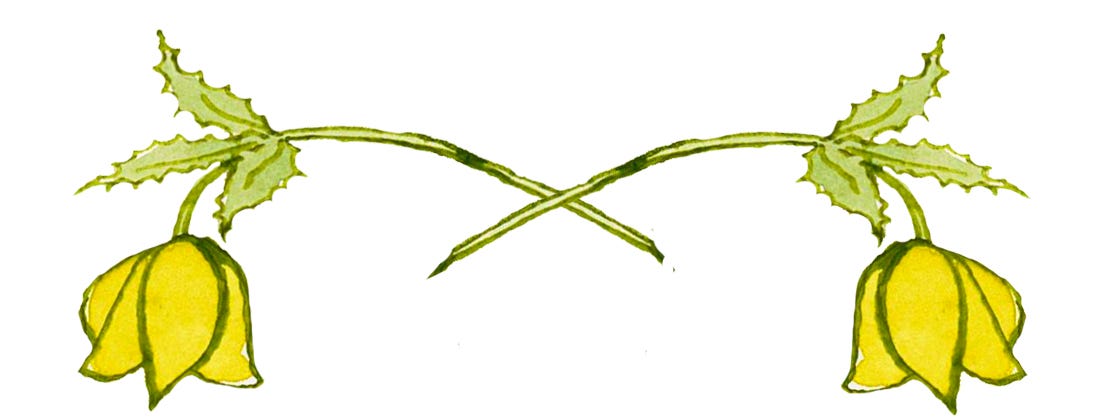

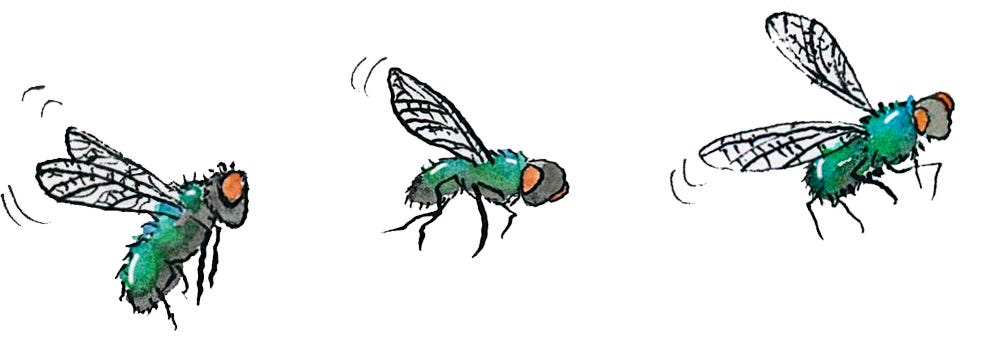
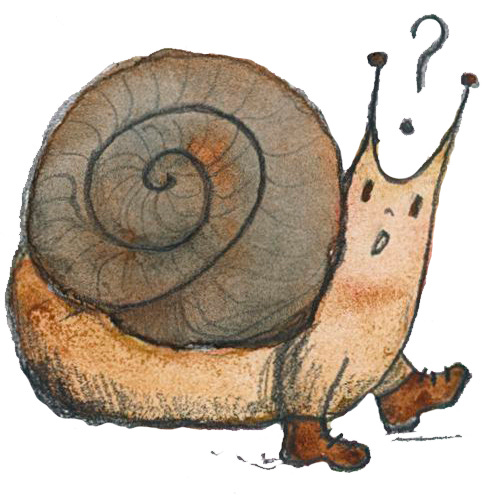


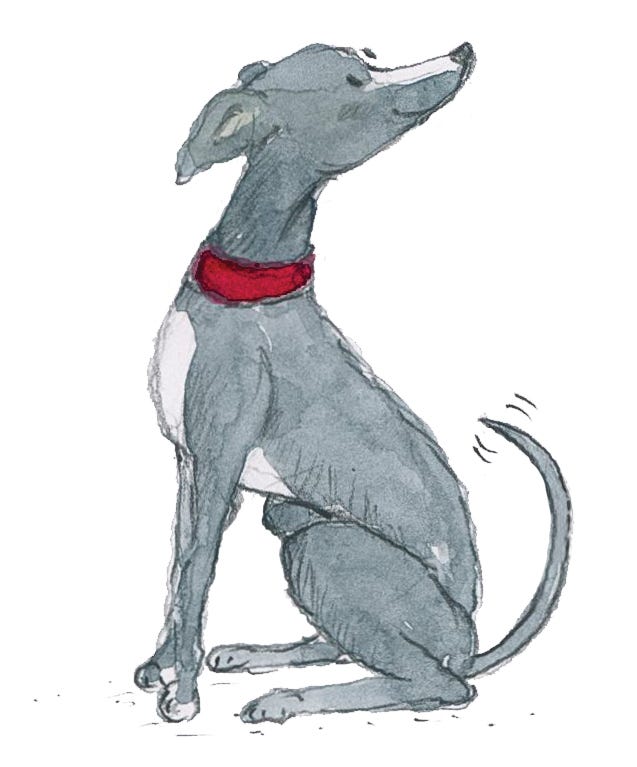

I’ve been wondering about Hellebore‘s name, thank you for this fascinating - and hilarious read! What‘s PIE?
Love the snail feet!